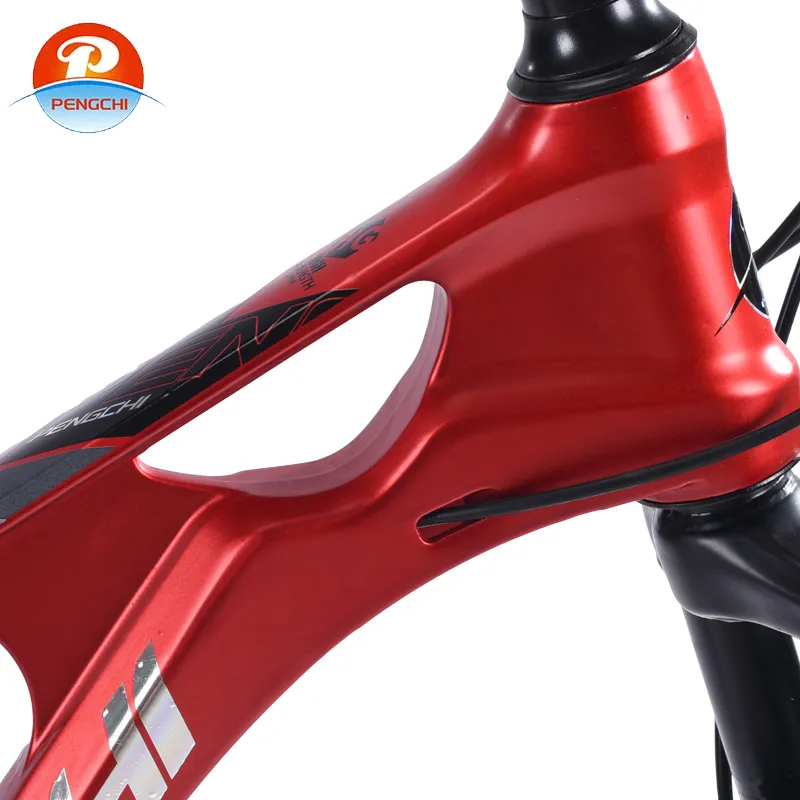
-
 Afrikaans
Afrikaans -
 Arabic
Arabic -
 Belarusian
Belarusian -
 Bengali
Bengali -
 Bulgarian
Bulgarian -
 Croatian
Croatian -
 Czech
Czech -
 Danish
Danish -
 Dutch
Dutch -
 English
English -
 Finnish
Finnish -
 French
French -
 German
German -
 Greek
Greek -
 hawaiian
hawaiian -
 Hebrew
Hebrew -
 Hindi
Hindi -
 Hungarian
Hungarian -
 Indonesian
Indonesian -
 irish
irish -
 Italian
Italian -
 Japanese
Japanese -
 Javanese
Javanese -
 kazakh
kazakh -
 Khmer
Khmer -
 Korean
Korean -
 Kyrgyz
Kyrgyz -
 Lao
Lao -
 Latin
Latin -
 Luxembourgish
Luxembourgish -
 Malay
Malay -
 Myanmar
Myanmar -
 Norwegian
Norwegian -
 Persian
Persian -
 Polish
Polish -
 Portuguese
Portuguese -
 Romanian
Romanian -
 Russian
Russian -
 Serbian
Serbian -
 Slovak
Slovak -
 Somali
Somali -
 Spanish
Spanish -
 Swedish
Swedish -
 Tagalog
Tagalog -
 Thai
Thai -
 Turkish
Turkish -
 Turkmen
Turkmen -
 Ukrainian
Ukrainian -
 Uighur
Uighur -
 Vietnamese
Vietnamese
Jan . 25, 2025 05:42 Back to list
323High Quality 26 Inch 27 Speed Adult OEM Mountain Bike Suspension For Both Men And Women Biciletas Adult Bike MTB Wholesale Price
Mountain bicycles, often dubbed as MTB bikes, have evolved significantly over the years, transforming from simple off-road bikes into sophisticated machines capable of tackling the most challenging terrains. The realm of mountain biking is diverse, offering something unique for everyone, from adrenaline-pumping downhill sessions to serene trail rides.
When examining components, suspension systems play a crucial role in mountain biking. There are two main types hardtail, which features suspension in the front fork only, and full suspension, which includes shock absorption for both the front and rear. Hardtails are generally preferred for XC riding due to their lightweight nature and efficiency on climbs. In contrast, full suspension bikes offer enhanced comfort and control on rough terrain, suitable for trails and downhill rides. Brakes are another essential component; disc brakes have become the standard due to their reliability and performance in different weather conditions. Hydraulic disc brakes provide superior modulation and stopping power compared to mechanical disc brakes, essential for safety on steep descents. The frame material also impacts bike performance and weight. Aluminum frames are commonly used, offering a balance between cost, durability, and weight. Carbon fiber frames, while more expensive, provide excellent strength-to-weight ratios, improving overall ride quality for serious enthusiasts. Maintaining a mountain bicycle involves regular checks and adjustments to ensure longevity and optimal performance. Routine tasks include checking tire pressure, lubricating the chain, inspecting brake pads, and ensuring bolts are tight. It's advisable to conduct a thorough inspection after each ride, particularly following rugged treks, to identify potential issues early on. Furthermore, understanding the intricacies of a mountain bike enhances not only safety but also instills a deeper connection with cycling, enabling riders to push limits while respecting the environment. Joining cycling communities, participating in workshops, and engaging with expert-led forums are excellent ways to gain further insights and share experiences. As mountain biking continues to gain popularity, advancements in technology and design ensure that cyclists of all levels have access to high-quality bikes that meet their specific needs. Embracing the right mountain bicycle opens up a world of exploration and adventure, marrying technology and the rugged beauty of nature. Whether you're a seasoned pro or a beginner, the right mountain bike transforms trails into limitless avenues of discovery.


When examining components, suspension systems play a crucial role in mountain biking. There are two main types hardtail, which features suspension in the front fork only, and full suspension, which includes shock absorption for both the front and rear. Hardtails are generally preferred for XC riding due to their lightweight nature and efficiency on climbs. In contrast, full suspension bikes offer enhanced comfort and control on rough terrain, suitable for trails and downhill rides. Brakes are another essential component; disc brakes have become the standard due to their reliability and performance in different weather conditions. Hydraulic disc brakes provide superior modulation and stopping power compared to mechanical disc brakes, essential for safety on steep descents. The frame material also impacts bike performance and weight. Aluminum frames are commonly used, offering a balance between cost, durability, and weight. Carbon fiber frames, while more expensive, provide excellent strength-to-weight ratios, improving overall ride quality for serious enthusiasts. Maintaining a mountain bicycle involves regular checks and adjustments to ensure longevity and optimal performance. Routine tasks include checking tire pressure, lubricating the chain, inspecting brake pads, and ensuring bolts are tight. It's advisable to conduct a thorough inspection after each ride, particularly following rugged treks, to identify potential issues early on. Furthermore, understanding the intricacies of a mountain bike enhances not only safety but also instills a deeper connection with cycling, enabling riders to push limits while respecting the environment. Joining cycling communities, participating in workshops, and engaging with expert-led forums are excellent ways to gain further insights and share experiences. As mountain biking continues to gain popularity, advancements in technology and design ensure that cyclists of all levels have access to high-quality bikes that meet their specific needs. Embracing the right mountain bicycle opens up a world of exploration and adventure, marrying technology and the rugged beauty of nature. Whether you're a seasoned pro or a beginner, the right mountain bike transforms trails into limitless avenues of discovery.
Latest news
-
Red Black BMX Bike with GPT-4-Turbo AI Tech
NewsJul.31,2025
-
New Red Anti-theft E-Bike | Easy Ride City Commuter
NewsJul.31,2025
-
BMX 20 Inch Bikes for Freestyle & Street | Fat Tire Options Available
NewsJul.30,2025
-
322 High Quality 26 Inch 21 Speed Adult Mountain Bike OEM MTB
NewsJul.29,2025
-
Specialized Kids Mountain Bikes - Safe, Durable & Fun Riding Experience
NewsJul.29,2025
-
Little Kids Mountain Bike - Lightweight Bikes for Young Riders
NewsJul.29,2025

